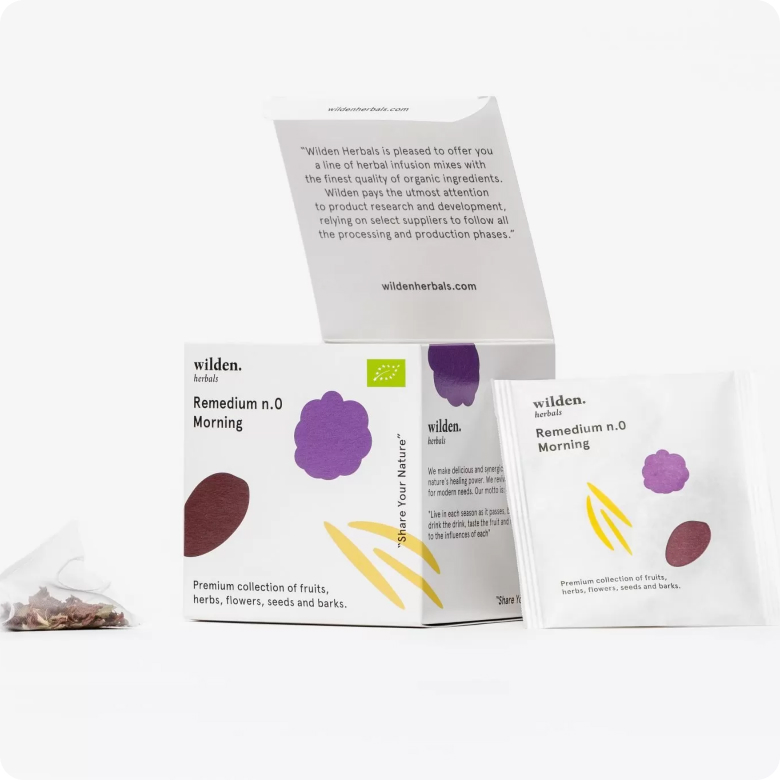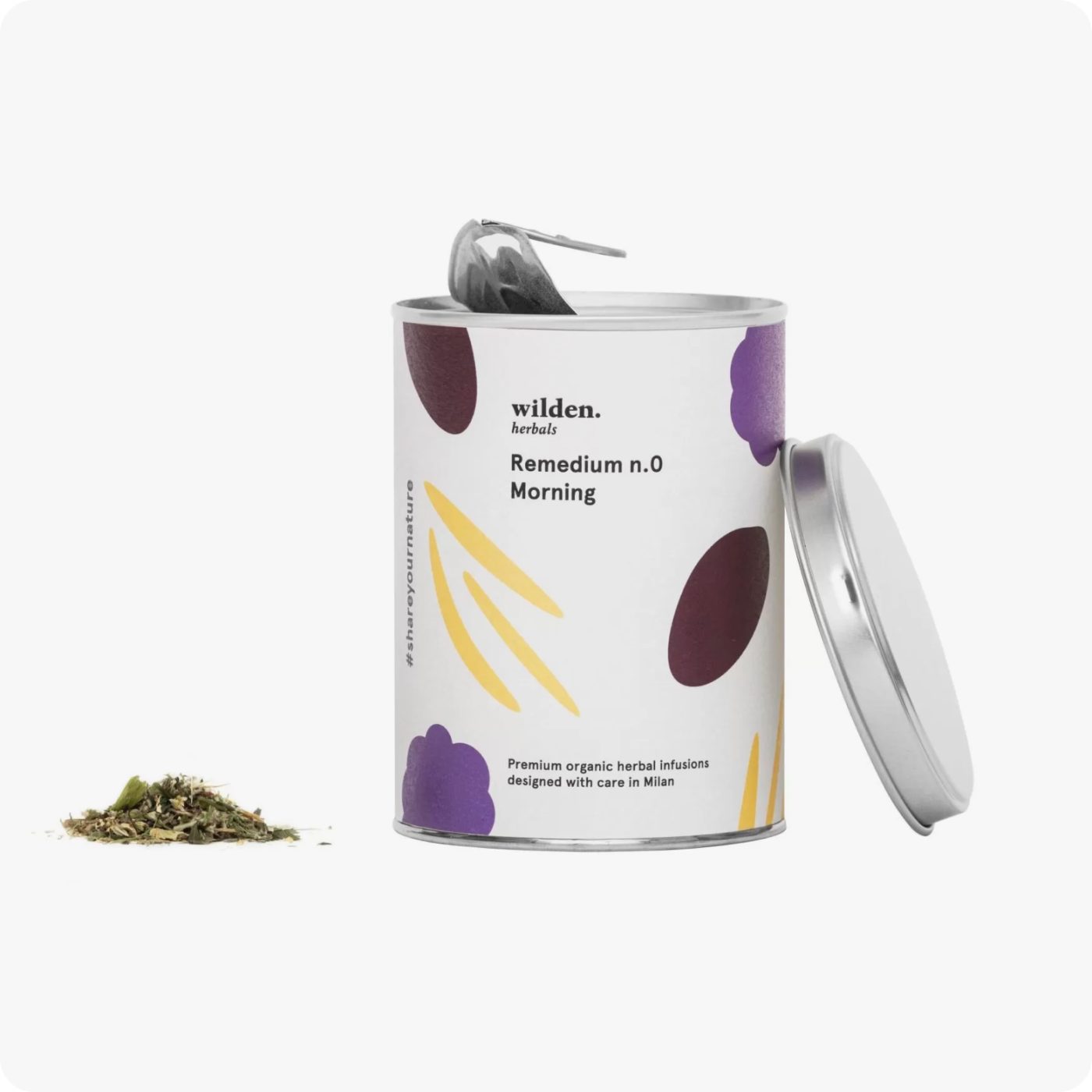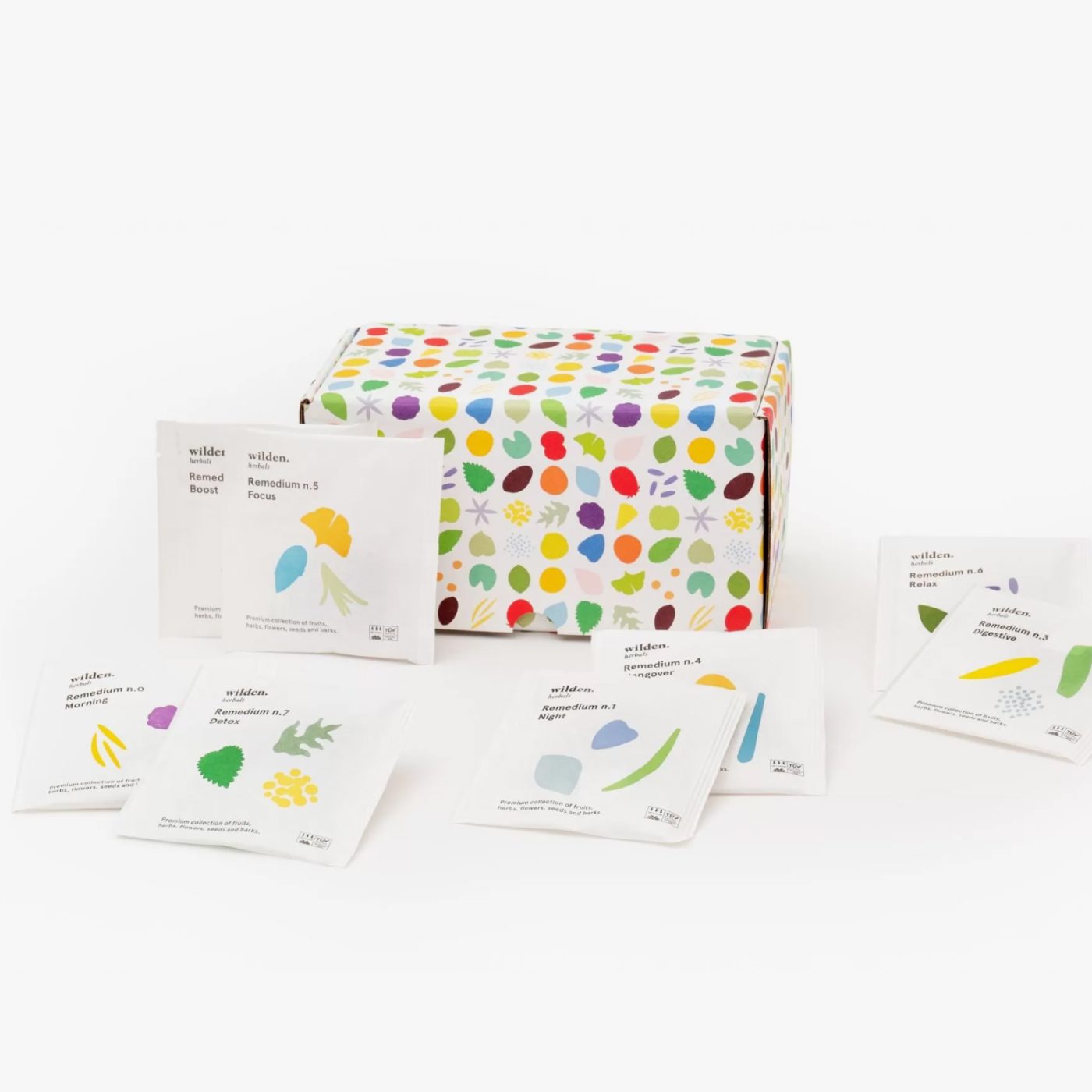History of medicinal herbs for healing: a look at the cultures and traditions that inspire Wilden.Herbals Health
Treating oneself with medicinal herbs is a practice that dates back to the dawn of humanity. Let's take a look at the origins of herbalism, traditional Chinese medicine, Ayurvedic practices and Italian phytotherapy
It is history that tells us: we have always looked for leaves, barks, flowers and roots that we could use as medicines; there is archaeological evidence of their use as far back as the Paleolithic period, more than 60,000 years ago. The first historical figures who are named as devotees and experimenters with medicinal plants are Dioscorides who wrote “De Materia Medica,” a veritable medical herbarium, and Galen, a Roman physician and pharmacist who introduced the use of new plants that we still consume today, including Bearberry, used as an antiseptic and diuretic.
But Mediterranean culture is certainly not the only one that has historically taken an interest in medicinal herbs, quite the contrary.
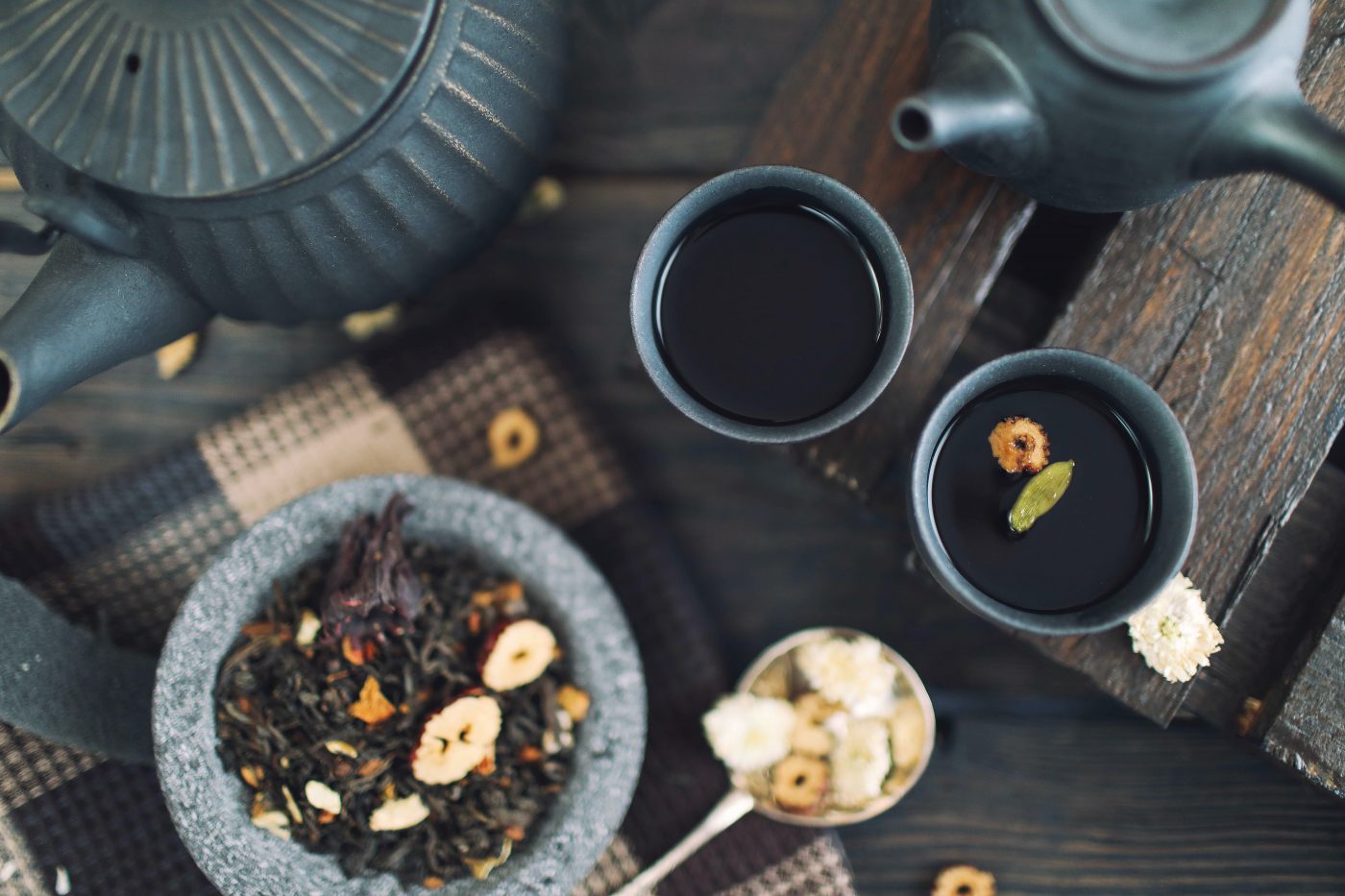
What is meant by Traditional Chinese Medicine (TCM)?
Traditional Chinese Medicine is a practice that is very ancient yet still used today. Underlying this philosophy is the conception of the human being as the center of the universe, somewhere between the divine and the earthly. The movement of the world and its elements (water, earth, metal, wood and fire) give rise to yin and yang, two opposites. The yin and yang of the body are balanced through the energies of the body humors and internal organs. Medicinal herbs serve precisely to correct and maintain the balance of yin and yang. This is why it is said that the goal of TCM is not so much a specific disease as the patient’s balance.
What are the most commonly used medicinal plants in Traditional Chinese Medicine?
- Astragalus (Astragalus propinquus): for diabetes and circulation
- Angelica / Dong quai (Angelica sinensis): for its estrogenic effect, used to regulate and balance hormones
- Ginger (Zingiber officinale): as a cure for fatigue, lack of energy and cold weather
- Licorice (Glycyrrhiza glabra): for gastrointestinal problems, to treat malaria, insomnia and infections
- Panax ginseng (Panax ginseng): considered an adaptogen, meaning that it stimulates the body’s resistance to stressors by balancing energy, stimulating the mind and increasing organ vitality
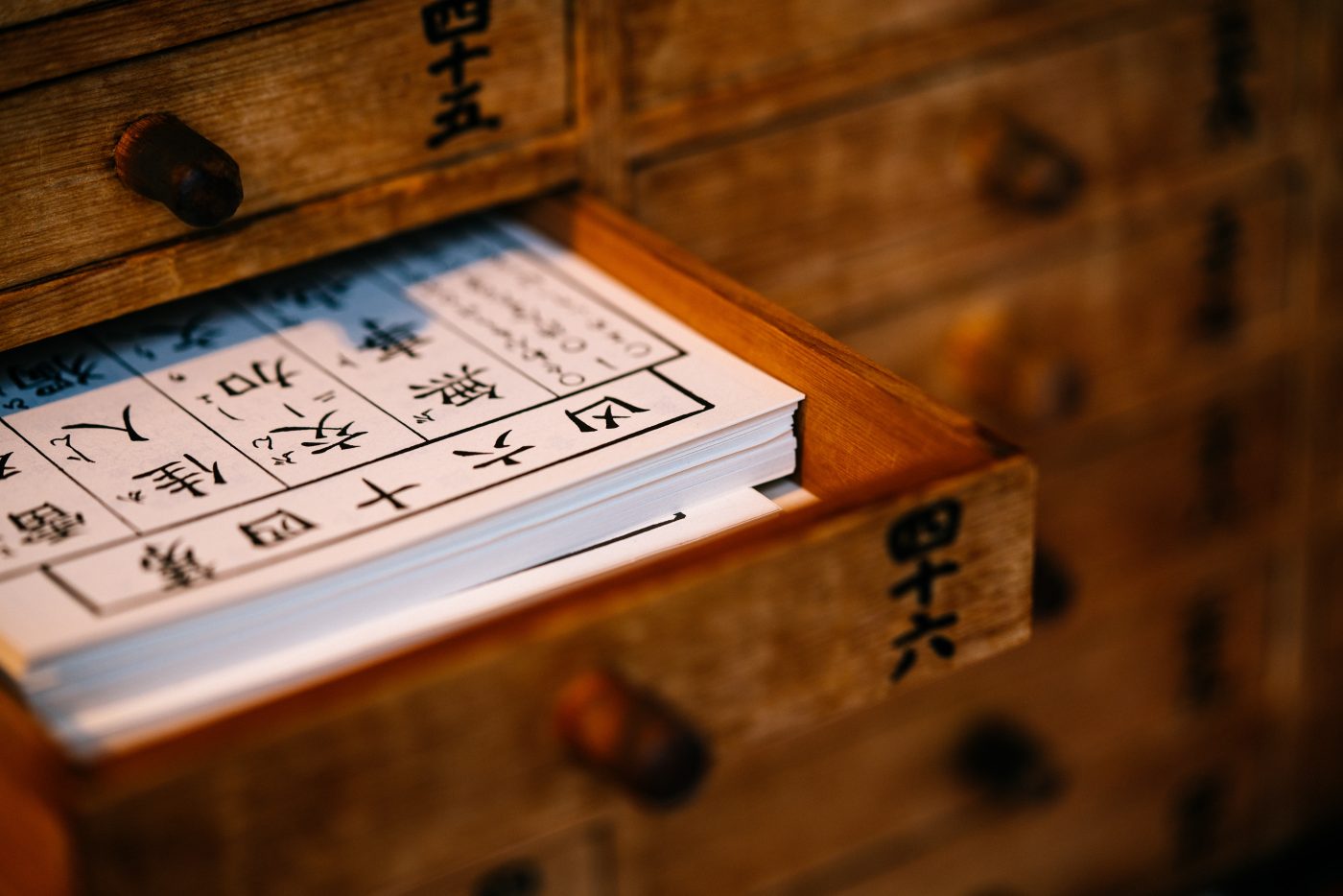
What is Ayurvedic (also called traditional Indian) medicine?
Ayurvedic medicine also has ancient records, including some texts written between 2700 and 1500 BC. Here, it was cultural custom to intervene on diseases through dietary diet, which is why medicinal plants and herbs could not help but be part of it.
According to Ayurvedic culture, the universe is a combination of five elements (ether, air, fire, water and earth) that are also found in human beings, distributed into three forces that govern life processes. The harmonious state of these forces (called dosha) equals balance and thus health, while disease corresponds to an excess or deficiency in these elements.
What are the most commonly used medicinal plants in Ayurvedic medicine?
- Ginger (Zingiber officinale): to improve digestion
- Ashwagandha (Withania somnifera): to help the body manage stress, increase sleep quality, memory, muscle growth and male fertility
- Cumin (Cuminum cyminum): to enhance digestive enzyme activity and facilitate liver function, counteracting risk factors for type 2 diabetes and heart disease
- Turmeric (Curcuma longa): as an antioxidant and anti-inflammatory, helps improve heart and brain health
- Licorice (Glycyrrhiza glabra): to reduce inflammation, fighting against viruses and bacteria
Herbal science in Italy
Herbal knowledge in Italy (and the rest of Europe) was spread by Christian monks from the 9th to 11th centuries. During this period, plants were studied and knowledge shared, but it was not until the discovery of America that a true process of fusion between European and overseas healing cultures began, forever altering the course of herbalism.
Italy has a long tradition related to the use of medicinal plants and is currently the leading European country as market growth because herbs are used in so many different areas, not only in cooking, but also for supplements and in cosmetics.
What are the most widely used medicinal plants in Italy?
- Ginko (Ginkgo biloba): used against anxiety, to balance mental health, improve circulation and blood flow
- Fennel (Foeniculum vulgare): to reduce colic, bloating, gas and diarrhea. But also against menstrual cramps and to promote breastfeeding
- Passion flower (Passiflora incarnata): to regulate symptoms of premenstrual syndrome and menopause, to combat anxiety, insomnia and stress
- Chamomile (Chamomilla recutita): for digestive and nervous disorders involving restlessness and insomnia. Through compresses it is also used for inflammation and irritation of the skin and mucous membranes
- Artichoke (Cynara cardunculus): rich in antioxidants, contributes in digestion and more generally to liver health
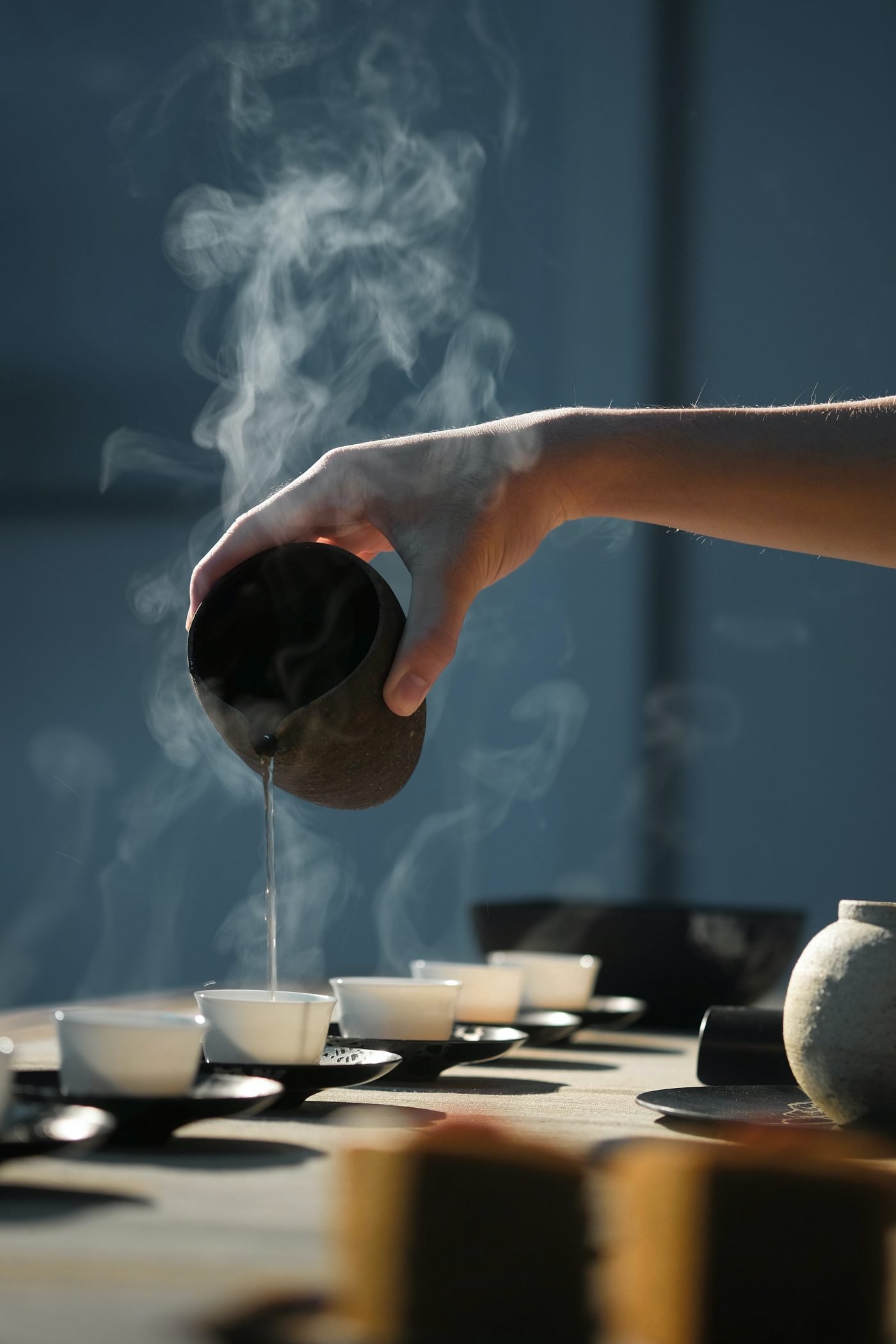
Different cultures, same philosophy
As we have seen, there are many cultures that approach health in different ways , yet share the same interest in nature. It is undeniable that plants are custodians of benefits for the health and balance of our bodies.
Our Wilden.herbals Health line draws inspiration from all this knowledge to bring to life new products that promote health, helping to restore balance. We are developing four new recipes based on ginkgo (to mitigate states of anxiety), fennel (to help with lactation), ginger (to combat pre-menstrual syndrome), and bearberry (to fight urinary tract infections). But this is just the beginning.
Bibliography
- Petrovska, Biljana Bauer. “Historical review of medicinal plants’ usage.” Pharmacognosy reviews vol. 6,11 (2012): 1-5. doi:10.4103/0973-7847.95849
- WHO. WHO monographs on selected medicinal plants. Volumes 1-4. 2009.
- ISMEA: OFFICINAL PLANTS IN ITALY: “AN OVERVIEW OF THE CHAIN AND RELATIONSHIPS BETWEEN DIFFERENT ACTORS” June 2013.
- Robin DiPasquale. Herbalgram. “The Aboca Museum: Displaying the History of Herbal Medicine in Italy and Europe” Issue 65: page 50-57. https://www.herbalgram.org/resources/herbalgram/issues/65/table-of-contents/article2795/ accessed 13/10/22
- Patwardhan, Bhushan et al. “Ayurveda and traditional Chinese medicine: a comparative overview.” Evidence-based complementary and alternative medicine : eCAM vol. 2,4 (2005): 465-73. doi:10.1093/ecam/neh140


